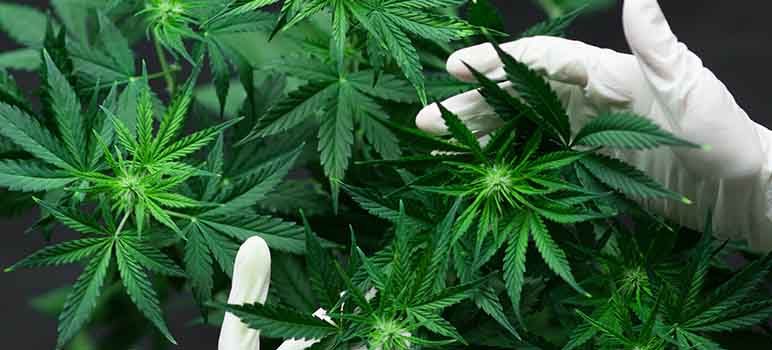With cannabis legalization now a done deal in California, many municipalities throughout the Golden State are starting to deal with the finer details of accommodating an emerging legal market. The Bay Area was no exception on Election Day, when voters ushered in more than a dozen local weed ordinances, all but one concerning taxes.
Smokers praying for reprieve from Uncle Sam heavily taxing their stash are S.O.L. Ballot measures promising to place local taxes on cannabis and cannabis products passed with a staggering two-thirds or more majority throughout the counties of Alameda, Contra Costa, San Benito, San Francisco, San Mateo and Santa Clara.
Not a single dispensary exists so far in the city of Santa Clara but that didn’t stop residents from establishing their own preemptive marijuana business tax. Santa Clarans clearly saw the dollar signs hanging on Measure M, which passed by more than 76 percent and aims to generate more than $2 million annually with a 10 percent tax on gross receipts of marijuana sales and $25 per square foot for cultivation. Morgan Hill also approved a cultivation tax of $10 per square foot, which will rake in $340,000 to $750,000 every year for its coffers.
Measure M puts Santa Clara’s marijuana tax rate neck-and-neck with San Jose, which had experienced a de facto monopoly on legal cannabis sales until surrounding communities like Mountain View, which passed its own 9 percent marijuana tax, started approving dispensaries in their borders. According to the Santa Clara County Registrar of Voters website, nearly 30,000 people voted for Measure M while just over 28,100 cast their ballot in the mayoral race, proving that pot is more popular than many politicians (even if it’s just for being a cash cow).
“More people are comfortable with cannabis and the fear is starting to dissipate,” said Silicon Valley Cannabis Alliance President Sean Kali-Rai. This has led to more communities feeling okay about reaping its fiscal benefits, which could mean that prices drop for consumers as more pot shops open, especially in neighboring cities with slightly lower sales tax rates. Like Mountain View, Santa Clara’s Measure M could trigger a local weed war by taxing its cannabis sales at nine percent, instead of 10 percent like San Jose.
“Cities are now, as they adopt these taxes, will be very cognizant,” Kali-Rai added. “There will be some sort of positive benefit to the consumer in these cities being more competitive on these tax rates.”
Half Moon Bay residents grappled with Measure GG, which barely passed with 51 percent and regulates marijuana plant nurseries. Farmers with garden variety greenhouses can now apply for permission to use that same space for cannabis cultivation. The ordinance only allows the growing of seedlings, or immature plants, under strict regulations that include annual licensing, limits on location and size, and regular inspections.
Although plants in those early stages haven’t developed THC yet, proponents of Measure GG have said its passage would help generational family farms in the ag region survive with a dependably profitable crop. Opponents argued that protecting space for growing food should take priority over marijuana as farmland in the state becomes more scarce.

